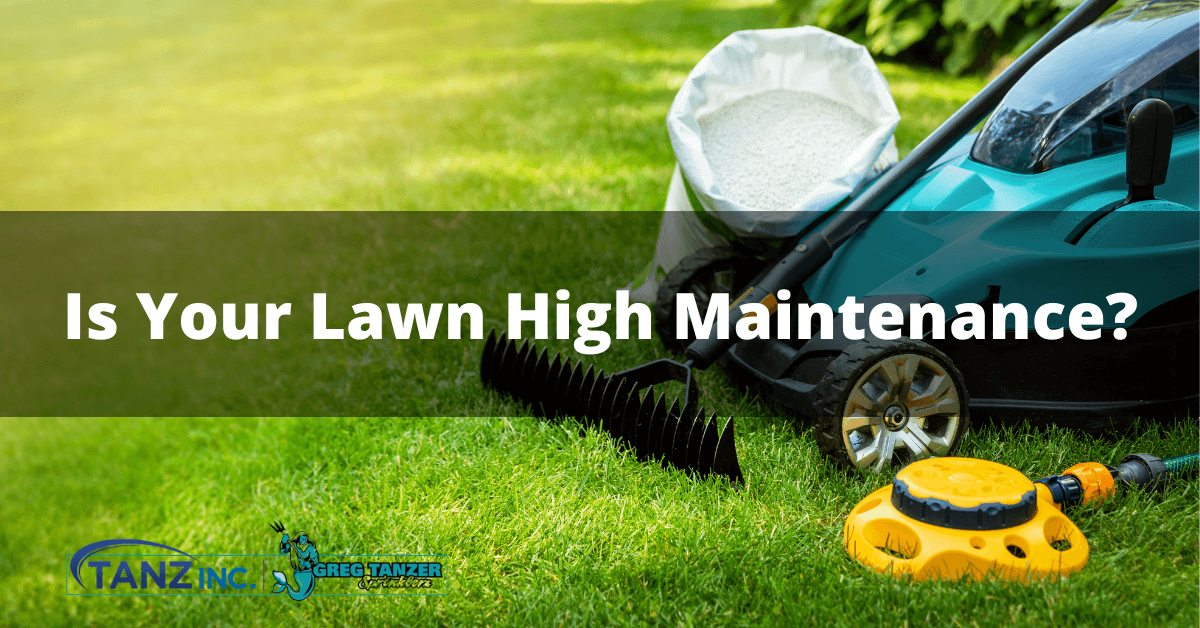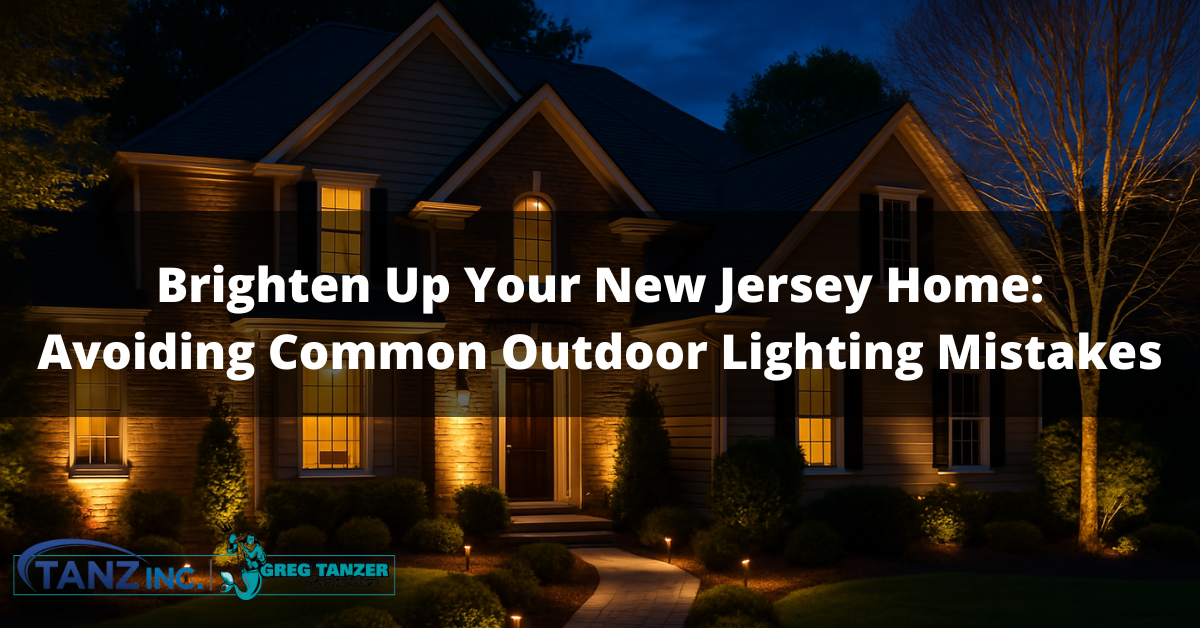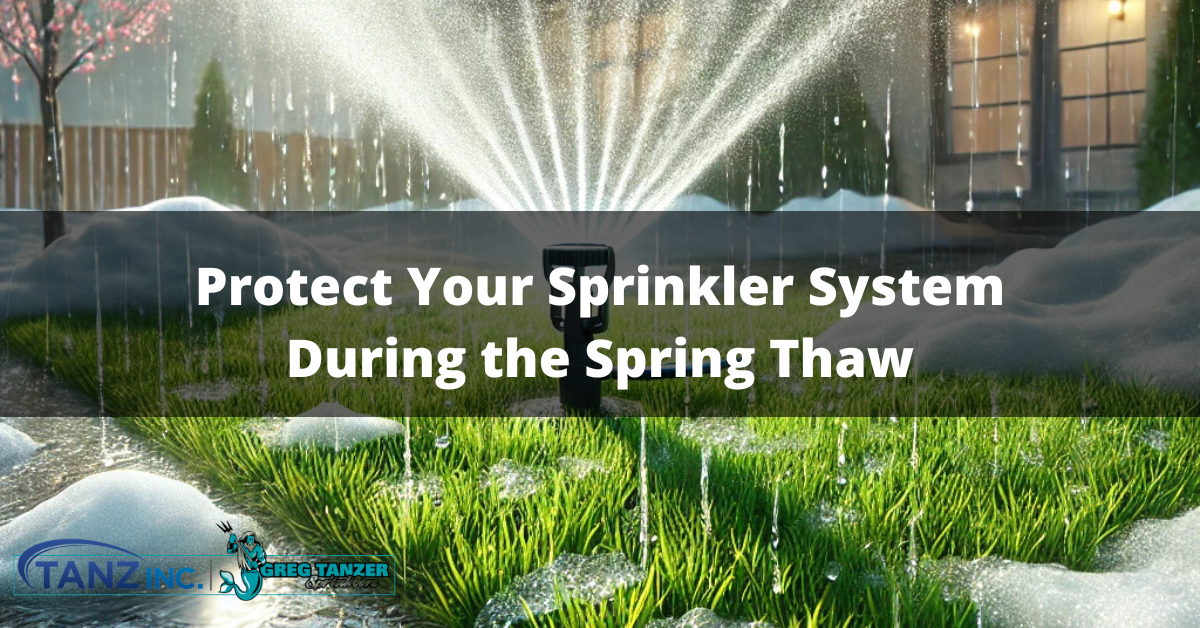As summer hits its stride in New Jersey, your lawn likely needs a little extra love. The reality is the type of lawn you have determines how low or HIGH maintenance your summer lawn chores are and how much time and money you spend taking care of your yard.
High Maintenance Lawns
Bluegrass and perennial ryegrass are the highest maintenance grasses. You plenty of sun exposure for this type of lawn to thrive. Additionally, these grasses require regular irrigation and may benefit from removing grass clippings when mowed. Bluegrass and perennial ryegrass require frequent fertilization four (or more) times per year. Plan on mowing your yard every week to 10 days to maintain its lush appearance. Depending on the health of your lawn, you may also need to treat it with pesticides, herbicides, insecticides, and potentially fungicides. A lawn service can assess your yard and determine the optimal maintenance plan.
Medium Maintenance Lawns
Tall fescue, fine fescues, or a combination of grass families fall into the medium maintenance category. Medium maintenance lawns require less sunlight than their higher maintenance counterparts. With proper care, they can thrive in the sun or partial shade Fescues and grass blends seldom require irrigation and only require fertilization in the spring and fall. Mowing your medium maintenance lawn is less work because clippings are typically left on the yard. Your medium maintenance yard will require weekly mowing during times of rapid growth, but you will be able to go longer between mows at other times of the year. Depending on the health of your yard, pesticides, herbicides, insecticides, and potentially fungicides can be used to spot treat problem areas versus your entire yard.
Low Maintenance Lawns
Fine fescues, unimproved bluegrasses, tall fescues, or mixtures of grasses tend to fall in the low maintenance category. Like the medium maintenance yards, the low maintenance grasses will grow well in sun or partial shade.With a low-maintenance yard, grass clippings are always left on the lawn. The use of fertilizer is required annually, for the best results perform fertilization in the fall. If in good shape, your low-maintenance yard will not require pesticides, herbicides, insecticides, and fungicides. Low maintenance lawns require mowing as needed and it is best to keep the mowing height at three to five inches.
Other Lawncare Considerations
Soil tests and liming are recommended for all maintenance level lawns. Your lawns pH should be kept between 6.0 and 6.5. Do not lime your yard without a soil test. You could cause significant damage to your grass. Repairing damaged or bare spots with seeding or sod is a great way to keep your yard looking fabulous. You can seed small areas in the spring when the soil is thawed. We don’t recommend seeding past mid-May. Larger repairs are best completed last summer. Aeration and dethatching can be performed several times a year. Be careful with performing these lawn services because they can leave your yard vulnerable to weeds if you don’t include weed prevention. Irrigation is your lawn’s best friend! Low maintenance, medium maintenance, and high maintenance yards require a properly functioning sprinkler system, especially in our diverse New Jersey climate.
Your lawn’s irrigation system allows you to automatically set the desired watering window at the optimal time for your yard. You are freed up to do more enjoyable activities!
Professionally designed irrigation systems are strategically positioned to direct the water exactly where your lawn and plants require that water. It prevents overwatering and runoff and reduces your water bill.
Irrigation systems improve the overall look of your yard. The sprinkler heads are typically only visible while the system is in use. You don’t have unsightly sprinklers and hoses spread across your lawn.
We’ve been designing, installing, and maintaining sprinkler systems since 1982. In fact, we’ve earned the title of New Jersey’s “Irrigation King.”
Contact Greg Tanzer Sprinkler today for a free irrigation system estimate.







